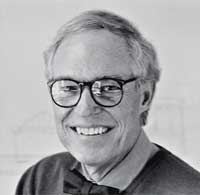June 20, 2013
Half the time it’s management, not the design that makes the workplace stink
There is a general consensus around the workplace cognoscenti that design can and does impact upon the productivity and effectiveness of people in the workplace. That’s reflected in research, data and anecdotal exchanges, online and at events. What’s not often done is in linking this data to HR results, from employee surveys. While driven by professionally conscientious HR teams, their goal is shaped by the ever present desire to improve performance and hence save cash and enhance margins. In other words it’s a management initiative. But half the time it’s management who are the problem.





















June 21, 2013
Managing a work-life balance isn’t solely a women’s issue
by Sara Bean • Comment, Flexible working, Legal news, News, Workplace
Two reports published this week show that a cultural change is needed to stop employers assuming only female workers have families or other personal concerns that could impact on their workplace performance. A report into workplace equality by the Business, Innovation and Skills Committee (BIS) has called on the UK Government to do more to tackle female underrepresentation in sectors of the economy and to dispel the myth that any type of flexible working is a ‘women’s issue,’ problematic and cannot work. In the US a study by employee assistance providers Bensinger, DuPont and Associates (BDA) into stress has found that men are more than twice as likely to receive formal disciplinary action when the stress of a personal problem impacts on their work performance. (more…)